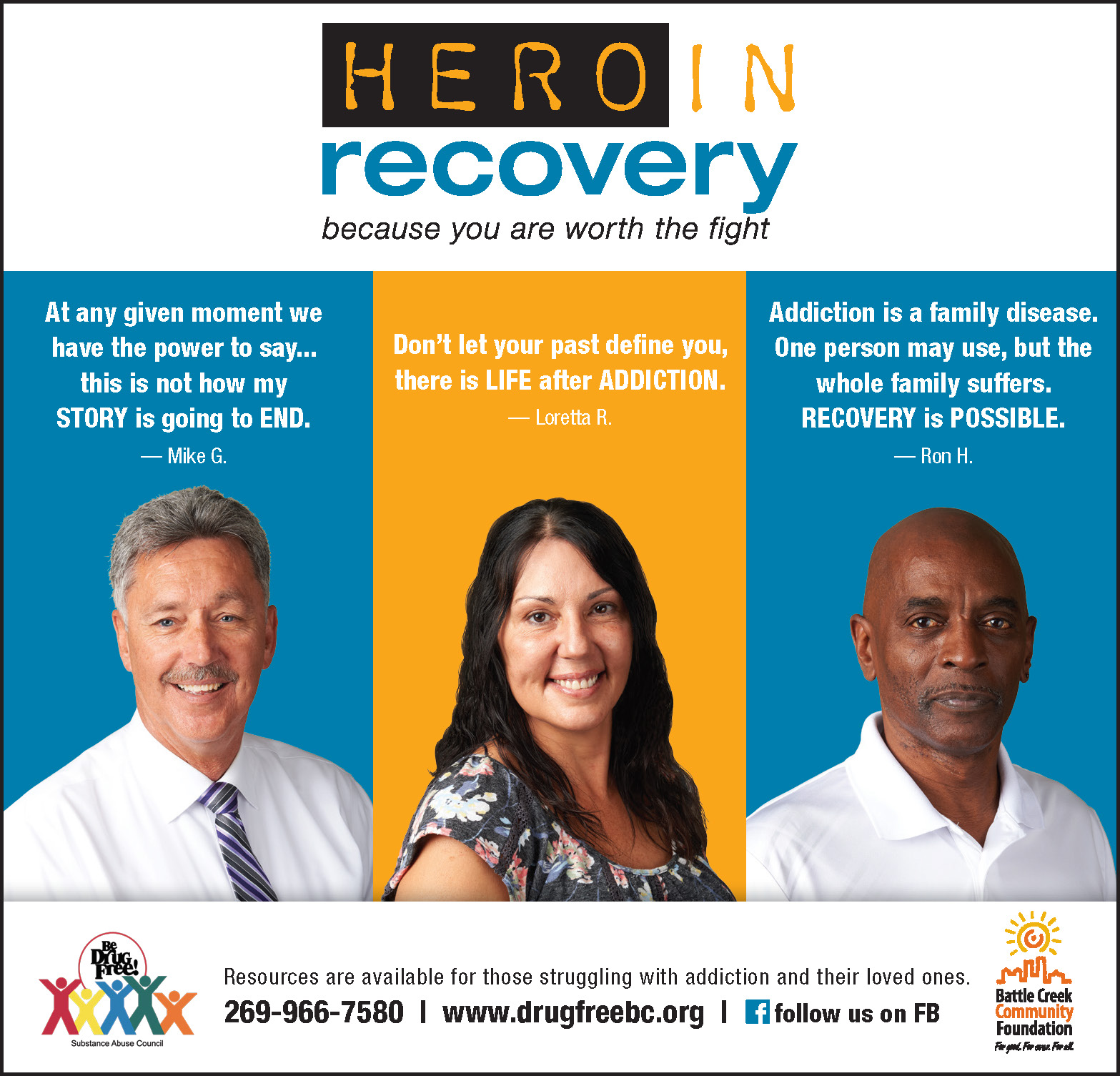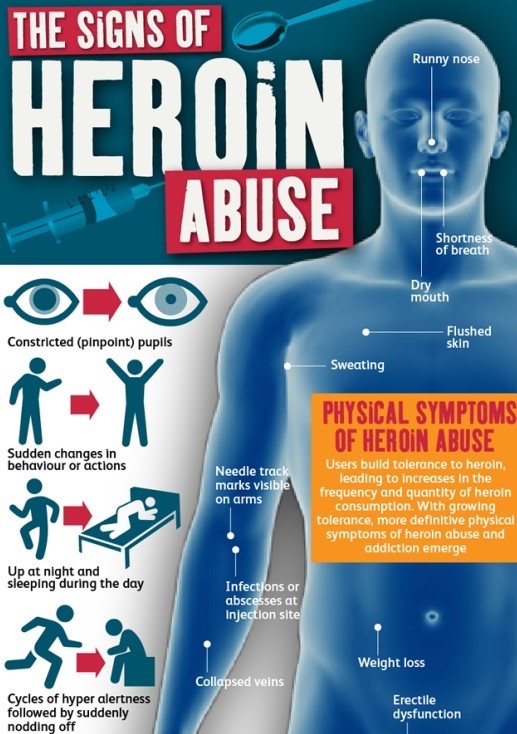Heroin Prevention
Also known as: Black tar, Brown sugar, China White, H, Horse, Junk, Ska, Skunk, Smack and White Horse.
Heroin is a very addictive drug made from morphine, a psychoactive (mind-altering) substance taken from the resin of the seed pod of the opium poppy plant. Heroin’s color and look depend on how it is made and what else it may be mixed with. It can be white or brown powder, or a black, sticky substance called “black tar heroin.”
Heroin is part of a class of drugs called opioids. Other opioids include some prescription pain relievers, such as codeine, oxycodone (OxyContin), and hydrocodone (e.g. Vicodin). Heroin use and overdose deaths have dramatically increased over the last decade. This increase is related to the growing number of people misusing prescription opioid pain relievers like OxyContin and Vicodin. Some people who become addicted to those drugs switch to heroin because it produces similar effects but is cheaper and easier to get.
In fact, most people who use heroin report they first misused prescription opioids, but it is a small percentage of people who switch to heroin. The numbers of people misusing prescription drugs is so high, that even a small percentage translates to hundreds of thousands of heroin users. Even so, some research suggests about one-third of heroin users in treatment simply started with heroin. Maybe they were mistakenly told that only one use cannot lead to addiction. Both heroin and opioid pill use can lead to addiction and overdose.
How Heroin is Used
Heroin is mixed with water and injected with a needle. It can also be sniffed, smoked, or snorted. People who use heroin sometimes combine it with other drugs, such as alcohol or cocaine (a “speedball”) which can be particularly dangerous and raise the risk of overdose. Some drug dealers are mixing fentanyl with other drugs, such as heroin, cocaine, methamphetamine and MDMA. This is because it takes very little to produce a high with fentanyl, making it a cheaper option. This is especially risky when people taking drugs don’t realize they might contain fentanyl as a cheap but dangerous additive. They might be taking stronger opioids than their bodies are used to and can be more likely to overdose. To learn more about the mixture of fentanyl into other drugs, visit the Drug Enforcement Administration’s Drug Facts on fentanyl.
Narcan Distribution and Education
The Substance Abuse Council and Summit Pointe First Step offers opioid overdose education and naloxone (Narcan) kits. Naloxone is a drug that can reverse the effects of an opioid and can prevent a death. To receive your free Narcan kit, stop by one of the distribution locations below.
Substance Abuse Council
34 W Jackson Street, Suite 2A
Battle Creek, MI 49017
Summit Pointe First Step
175 College Street
Battle Creek, MI 49037
When kits are picked up, clients should plan to receive training on overdose education, prevention and use of the naloxone medication. Limit one kit per person. Clients will learn to do rescue breathing to help, and possibly save, a person overdosing.
An opioid is an addictive drug that is often used to reduce pain. Opioids include prescription medications like oxycodone and illegal drugs like heroin or fentanyl. When taken alone or with other drugs, including prescription medications, opioids can stop a person’s breathing and result in a deadly overdose. Signs of opioid overdose include extreme sleepiness, slow or no breathing, very small eye pupils, and the skin color turning blue.
If you suspect an overdose, always call 911 immediately
Michigan law protects people who possess illegal substances in small amounts and for personal use. Michigan will not charge a person with illegal substances with criminal drug charges if they are seeking medical attention for themselves or someone else in the event of a drug overdose (HB 5649).

HeroIN Recovery!
Narcan Education

Substance Abuse Council
Contact Us

34 West Jackson Street, Suite 2A
Battle Creek, MI 49017
269-326-4040
Helpful Links
© Substance Abuse Council | Designed by GreenStreet Marketing
